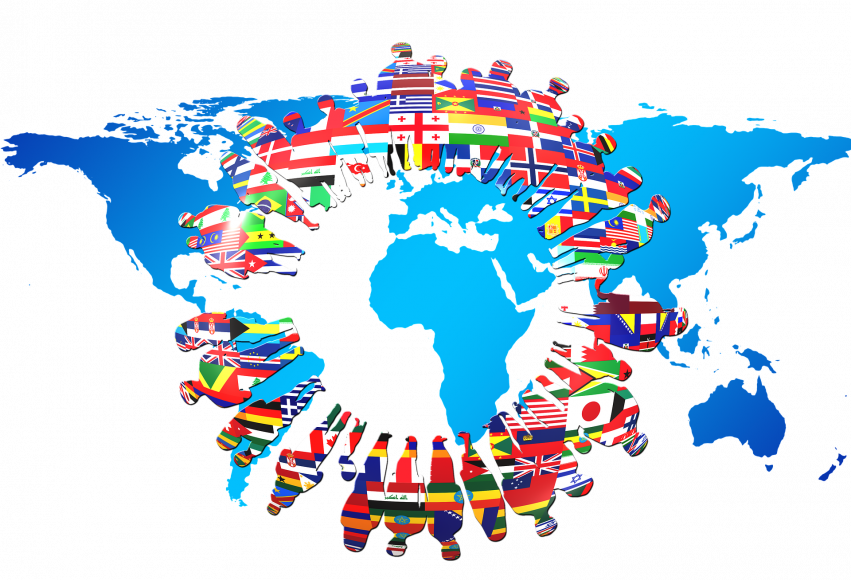World Population Day is Here!
All About the US
The current population of the United States of America is 329,129,348 as of Monday, July 8, 2019, based on the latest United Nations estimates. The United States population is equivalent to 4.27% of the total world population. The U.S.A. ranks number 3 in the list of countries (and dependencies) by population.

Twin Towers
China and India are by far the most populous countries on the globe. With 1.4 and 1.3 billion inhabitants, respectively, both countries are home to about 37% of the world's people.

Growing by the Number
The annual growth rate of the world's population peaked at 2.1% in 1962 and since been decreasing. It is estimated that by the year 2100, the population will slow to 0.06% annual growth.

Changing Landscape
According to the United Nations, India is expected to surpass China and become the world's most populous country by 2024. Its population is projected to reach 1.5 billion in 2030.

Right at the Top
From 2017 to 2050, it is expected that half of the world’s population growth will be concentrated in just nine countries: India, Nigeria, Democratic Republic of the Congo, Pakistan, Ethiopia, the United Republic of Tanzania, the United States of America, Uganda and Indonesia (ordered by their expected contribution to total growth).

In the end, we realized we were much better off trusting what the ALL IN Miami Group told us than listening to the other so-called experts.
In the end, we realized we were much better off trusting what the ALL IN Miami Group told us than listening to the other so-called experts.
Our home, priced at $1,225,000, was on the market for a year without any offers........Amit sold it in 34 days at a price that we were very happy with.
"After our home, priced at $1,225,000, was on the market with a local Realtor for ONE YEAR without receiving any offers, my family and I had given up hope of selling our house.
The first day our home came off the market, I received countless calls from real estate agents from many different luxury real estate companies.
For about a month, none of them made me feel confident that our home would ever sell until I spoke to Amit and the team. There was something different about them compared to everyone else. They had a calm, soothing, yet very confident tone in their voice, and I was immediately convinced that our house would be sold the first time we spoke.
To make a long story short, our home was sold in 34 days at a price that we were very happy with and with no stress. Doing business with true professionals made all the difference."
My home was on the market with three real estate agents and it didn't sell. They all told me that the luxury market was very slow and my home was way overpriced. Amit sold my house in two and half weeks over the asking price. Couldn't be happier!
"My home was on the market with three real estate agents and it didn't sell. They all told me that the luxury market was very slow and my home was way overpriced. Amit sold my house in two and half weeks over the asking price. Couldn't be happier!"





